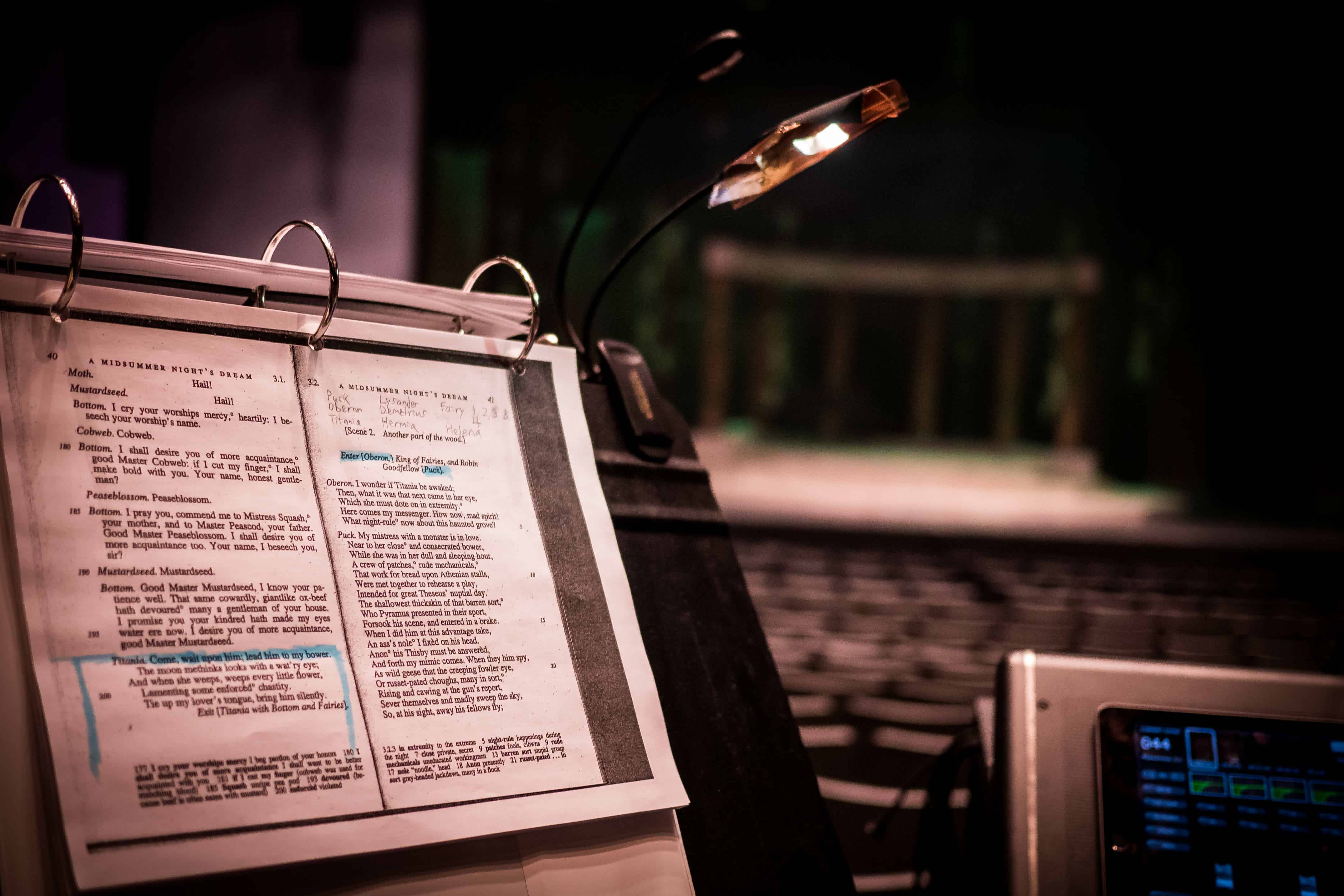
Arts managers and Boards trust creative and administrative leaders to share responsibility for the lives and work of our artists and audiences. But do we trust them to share responsibility for collaborative organizational prioritization and resource allocation?
When asked for a description of their favorite moment while attending live theatre, most people recall the electric moment when the house lights dim, and the crowd is hushed with anticipation.
I imagine that these theatre lovers have never had the privilege to witness that moment from the wings. That moment backstage – as the air vibrates with hope, fear, desire, and ideas to be infused with uncontrollable creative energy – that precious moment is controllable, predictable, structured, remarkable, and is captured in four simple words: “The house is yours.”
Spoken by the House Manager to the Stage Manager, the phrase indicates a successful, highly monitored, and uncontested transition of control that could rival a similar moment in any industry. In that transition, technical experts assume responsibility not only for the hearts, minds, and safety of the audience that has been assembled via the hard work of the administrative team, but also for the hearts, minds, and safety of the artists who have worked with the creative team to deliver the production on a specific date, time, and location planned years in advance. It is a new product launch that happens every day, sometimes twice.
Of course, happy ignorance regarding the details of this moment represents the magic that the audience seeks. And these details are among thousands that encompass the daily work of the creative team. However, awareness of and respect for the complexity of this moment must be frequently remembered and embraced by the executive and governing leaders of producing organizations of all sizes – because the moment represents the sometimes-tenuous relationship that exists between the team that creates the art and the team that ensures that an audience experiences it. It is a reminder to attend to a common, but often neglected tension that can cause irrecoverable breakdowns between creative and administrative teams.
This tension is laid bare when the ability and willingness to invest in a quality artistic product developed by a highly talented, inventive, and necessarily agile creative team is juxtaposed with the ability and willingness to invest in bringing that product to market successfully by an equally talented, highly structured, and experienced corporate team. The challenge at hand? How to achieve understanding and ultimately agreement and transparency regarding allocation of financial, human, and technical resources between the two based on the priorities of the organization.
Even as this challenge is timeless and to some extent exists everywhere at one point or another regardless of organizational size, sophistication, lifecycle, and mission. Nonprofit arts managers and boards who neglect to consistently address it in the face of seemingly more immediate planning requirements, or those who have chosen to ignore it altogether, are facing a present-day reckoning as many arts and cultural teams are accelerating toward market and lifestyle-driven breaking points. In today’s competitive and culturally sensitive environment, quality art is increasingly important to our communities. However, the same environmental characteristics demand that we remember to bravely confront the risk that well-funded transformative and entertaining art might never make it to the stage or the gallery or the classroom unless administrative and operating excellence receives the ongoing, sustainable attention and investment that the work deserves.
The first step is to commit to opening the lines of communication about how leaders feel about current resource allocation and planning. Here are three ideas for you to consider as you work to create a united, safe process for discussing investments in artistic and administrative operations.
- Ascertain via an appreciative inquiry process how department heads are feeling about how priorities are determined and resources are allocated. Is there understanding among them? Is there an opportunity for them to have a safe and structured way to share with one another how they measure the anticipated results of the investments in their teams and departmental operations?
- Invite members of the administrative team to participate in the artistic budgeting process and vice versa from the beginning. Involvement will encourage support across departments – and inform the fundraising case as well!
- Encourage all team members to identify and replace ideas, vocabulary, and behaviors that recall the bygone days of “the show must go on”, “starving artists”, and “the art always comes first”. Changing these references and “motivators” will be difficult because it could involve the very identities of the people involved but it will create a culture where all members of the team feel valued – and as a result they will collaborate rather than compete.
Finally, remember to invite all team members to step into the wings every now and then to experience the magic moment – it’s everyone’s triumph, every time.
